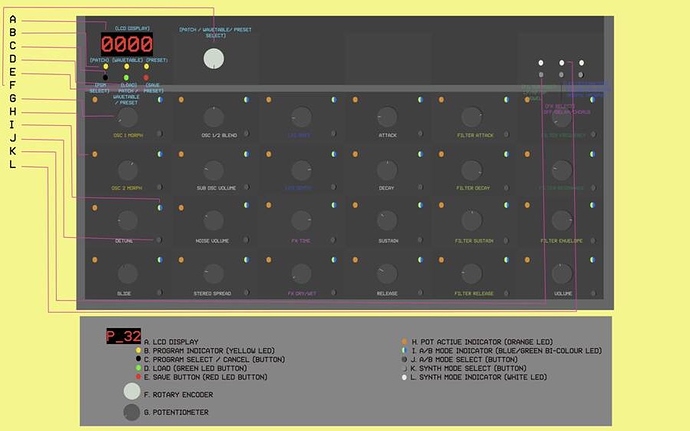Hi, I came across the following question by @janvantomme in the old axo users group on google:
"Which potentiometers should I buy?"
To which @johannes answered:
"Use a potentiometer with a resistance in between 10kOhm and 100kOhm. Linear taper."
My question is: What's the effect of using a 10kOhm potentiometer rather than a 100kOhm potentiometer or vice versa?
Also, I am considering using push button rotary encoders, so as to double each potentiometers' functionality. Is this advisable or are there drawbacks to this idea?
I look forward to hearing your experiences.



